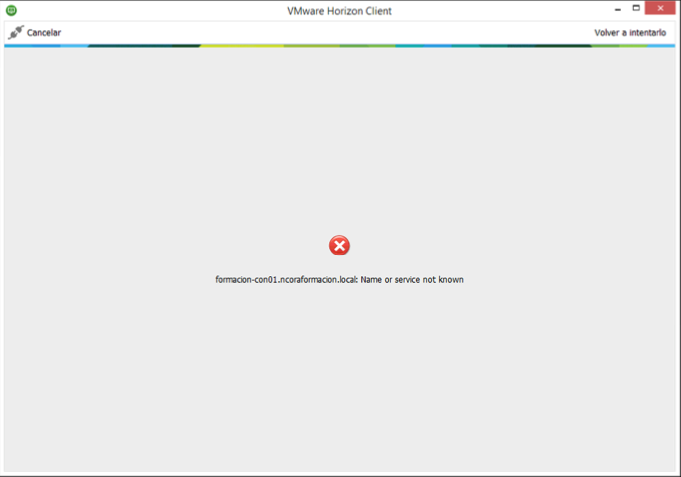

You can find my example template here, but we will break down each part of the template to show you how to build the perfect deployment template that will make your UAG deployments zero touch.

Let’s dig into the UAG deployment template. Let’s talk about my sample UAG deployment script. INI aka configuration file and pass it as an argument to the UAGdeploy.ps1 script to build your UAGs seamlessly with zero post-configuration. Pretty simply, its a PowerShell script and some example. You go to the typical place where you download the OVA here and download your UAG PowerShell scripts. Once you have deployed the OVF Tool, we download and copy the UAGDeploy scripts. Instead of reinventing the wheel, let’s check out an OVF tool deployment below. The UAG is another example as the UAG deployment works directly with the OVF tool to seamlessly deploy new UAGs using the exact resources and put in the exact location you need. We use the OVF tool because it is very effective with conversion to vSphere, tools integrate very well into the OVF tool, performs signature validation, performs optimized uploads and downloads via the API, and is very flexible in general.

I’ve continued to see many customers not fully understand the right way to deploy a UAG, which we will cover today. We all need them now for our WS1 infrastructure whether its Horizon, VMware Tunnel, SEG, or Content Gateway. The VMware Workspace ONE Unified Access Gateway (UAG) has continued to ramp up for VMware customers everywhere.


 0 kommentar(er)
0 kommentar(er)
